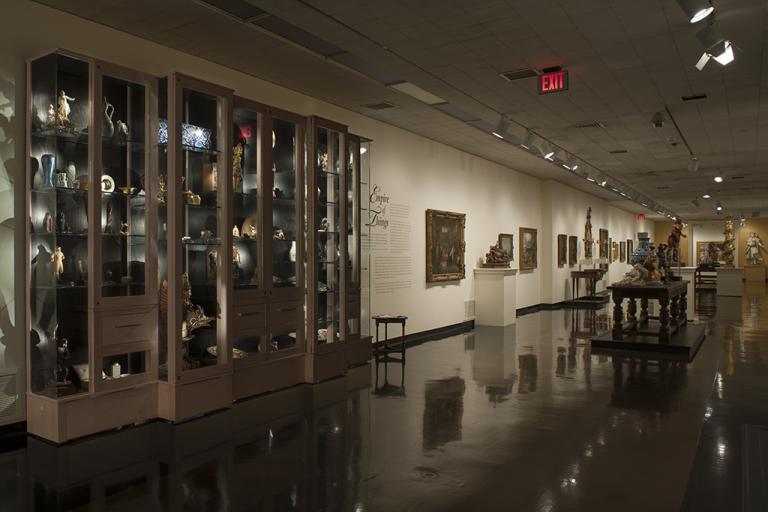Sun Dappled Entrance, Egypt, Eric Pape
Artwork Overview
Eric Pape, artist
1870–1938
Sun Dappled Entrance, Egypt,
1891
Where object was made: United States
Material/technique: canvas; oil
Dimensions:
Canvas/Support (Height x Width x Depth): 43.9 x 30.5 cm
Canvas/Support (Height x Width x Depth): 17 5/16 x 12 in
Frame Dimensions (Height x Width x Depth): 23 1/4 x 17 3/4 x 2 in
Canvas/Support (Height x Width x Depth): 43.9 x 30.5 cm
Canvas/Support (Height x Width x Depth): 17 5/16 x 12 in
Frame Dimensions (Height x Width x Depth): 23 1/4 x 17 3/4 x 2 in
Credit line: Museum purchase: Gift of Frank Pinet (Class of 1942) and family in memory of Winifred Meyer Pinet (Class of 1955)
Accession number: 1997.0026
On display: Kress Gallery
If you wish to reproduce this image, please submit an image request








